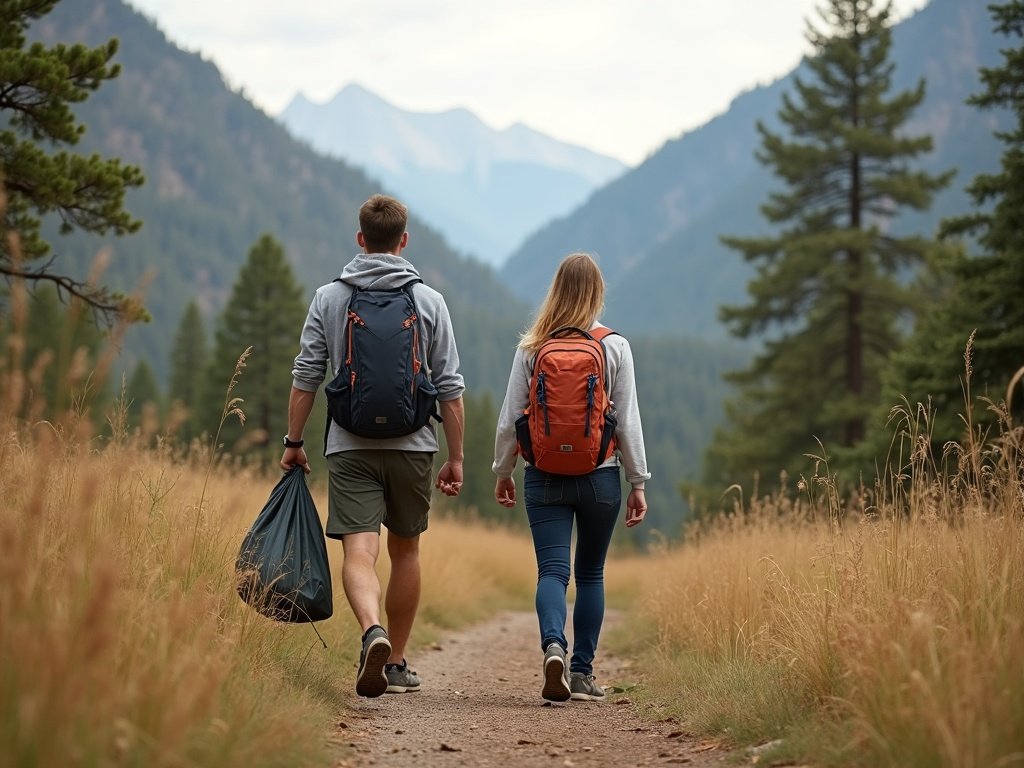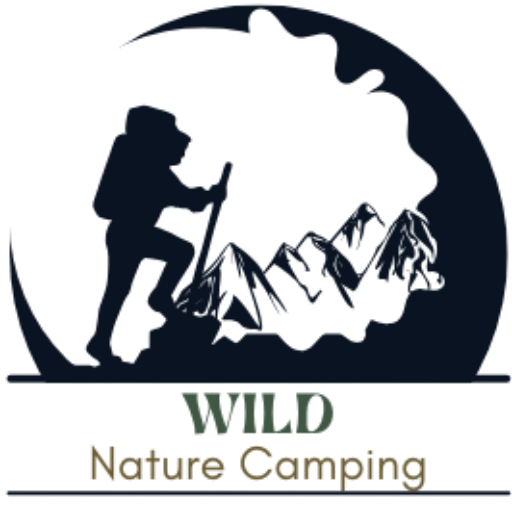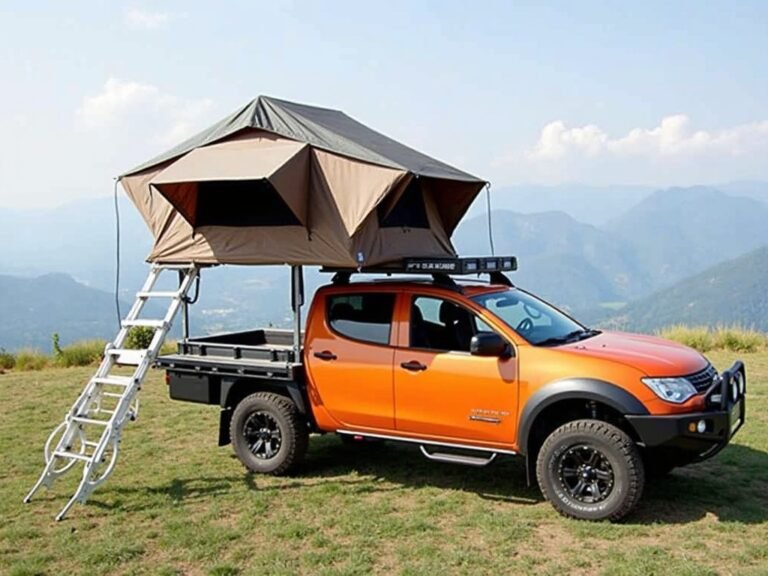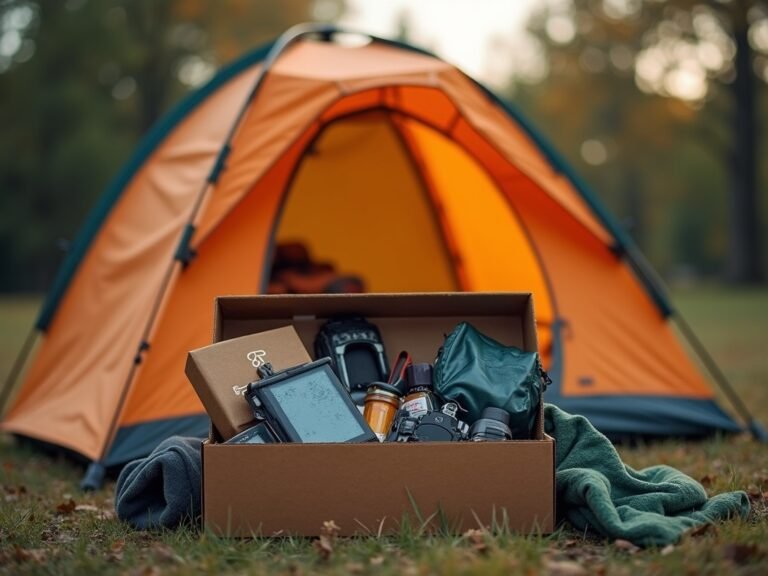How to Secure National Park Reservations for Your Next Trip

How to Secure National Park Reservations for Your Next Adventure
Dreaming of waking up to crisp mountain air, golden sunrises, and trails that whisper adventure? There’s nothing quite like the thrill of outdoor camping in a breathtaking National park—but these days, scoring a reservation is almost as challenging as summiting a peak. With millions of nature lovers chasing the same serene views, booking a campsite can feel like a race against time.
Here’s the truth: you don’t need luck—you need strategy.
Whether you’re planning a peaceful weekend escape or a multi-day wilderness trek, knowing when, where, and how to book makes all the difference. From high-demand parks like Yosemite and Yellowstone to lesser-known hidden gems, mastering the reservation game gives you easy access to unforgettable landscapes without last-minute panic.
Imagine snagging that perfect lakeside site while others are stuck refreshing outdated booking pages. It’s not just possible—it’s surprisingly simple when you know the insider secrets.
This guide is your all-access pass to navigating the often-overlooked details, timing windows, and pro tips that lead straight to secured campsites and smooth adventures. Let’s get you one step closer to nature’s front door.
Why You Need a Reservation in the First Place
There was a time when you could just drive up to a national park, grab a campsite or a trail permit, and start your adventure. But recently, things have changed — and fast.
Due to the surge in visitors (especially since 2020), many national parks have started implementing reservation systems to protect natural resources and make the experience more enjoyable for everyone. Think of it like making dinner reservations at a popular restaurant — the rooms aren’t bigger, but demand has skyrocketed.
What’s the benefit?
- Less crowding: No more bumper-to-bumper traffic on popular trails.
- Better planning: You know exactly what to expect.
- Preservation of resources: Fewer visitors at one time means the landscape stays healthier.
Types of National Park Reservations You Might Need
Not all reservations are created equal. Depending on which park you’re visiting, and what activities you’re planning, here are some types of reservations you may need to consider:
1. Timed Entry Reservations
Some parks only allow visitors in during certain time slots. For example, Rocky Mountain National Park and Arches National Park require timed-entry permits during peak months. These help ease the pressure of everyone showing up at the same time.
2. Entry Permits
Certain areas inside a national park — like Angels Landing in Zion — require you to enter a lottery or reservation system just to hike a specific trail. You’ll want to read up ahead of time on whether your dream trail has any special requirements.
3. Campground or Backcountry Campsite Reservations
If you’re planning to pitch a tent, you’ll most likely need to book your campsite ahead of time. Some campgrounds open months in advance and fill within minutes. Backcountry camping often requires separate permits and safety orientation.
4. Tour or Shuttle Reservations
Places like Denali National Park offer limited guided tours or shuttle services into the backcountry. These often require a separate reservation and can book out quickly — especially during peak season.
Which Parks Require Reservations?
Not all national parks use reservations, but many popular ones do — especially from late spring through early fall. While the list can change each season, here are a few examples you’ll want to plan ahead for:
- Yosemite National Park (California): Requires reservations during peak season (May through September).
- Arches National Park (Utah): Uses a timed-entry reservation system from April through October.
- Rocky Mountain National Park (Colorado): Offers two types of reservation “windows” for different park locations.
- Glacier National Park (Montana): Certain roads like Going-to-the-Sun require separate passes.
- Zion National Park (Utah): Popular hikes such as Angels Landing now require permits via lottery.
Don’t see your destination park on the list? Every year, the reservation rules can shift, so it’s always best to check the park’s official website for the most recent updates.
How Far in Advance Should You Make Reservations?
If you’re wondering when to pull the trigger on your national park plans, the answer is — as early as possible. Here’s why: many reservation systems work in release windows, often opening dates months ahead of time.
Key Timeline Tips:
- Most reservations open 6 months in advance: For example, if you’re visiting in July, you’ll likely need to book in January.
- Monthly “release windows”: Many parks drop new slots on the 1st of each month at 8 a.m. PT.
- Set reminders: Mark your calendar a few days before the release so you’re ready.
Think of it like snagging concert tickets — the earlier you’re online and prepared, the better your odds of getting exactly what you want.
How to Make National Park Reservations (Step-by-Step)
Step 1: Create a Recreation.gov Account
Most national park reservations are handled through one central site: Recreation.gov. Before doing anything else:
- Sign up for a free account.
- Verify your email.
- Save your payment information for faster check out.
This alone can save precious seconds during a high-demand reservation release.
Step 2: Know the Details Before You Book
Don’t wait until you’re on the booking screen to figure it all out. Instead, decide these things ahead of time:
- Entry dates
- Number of people in your group
- Preferred campground or trail
- Back-up options, just in case your first choice isn’t available
Getting all your ducks in a row beforehand can make the difference between a confirmed trip and a missed opportunity.
Step 3: Log In Early — And Refresh
Just like buying tickets to your favorite artist’s concert, timing is everything. Here’s a pro tip:
- Log in at least 15 minutes before the release time.
- Have the page open and ready.
- Use the refresh button about 30 seconds before go-time.
If you strike out, don’t give up. Some people cancel or change their plans, and that opens up new opportunities.
What If You Don’t Get a Reservation?
Missed your shot? Don’t panic. Here are some ways you can still make your trip happen:
1. Look for Last-Minute Cancellations
People change plans all the time. Check Recreation.gov regularly for open slots. Some apps even send alerts when availability pops up.
2. Consider Shoulder or Off-Season Travel
Visiting in late fall or early spring can mean fewer crowds — and fewer reservation headaches. You might need warmer clothes, but you’ll enjoy the peace and quiet.
3. Explore Alternative Entrances or Nearby Trails
Some parks have multiple entrances or less crowded areas. Be flexible and you might discover a hidden gem most people miss!
4. Enter a Lottery
Some popular hike permits — like The Wave or Half Dome — are handled through daily or seasonal lotteries. It’s worth tossing your hat in the ring!
Tips for a Smoother National Park Experience
Booking your reservation is just the first step. Once you’re in — here’s how to make the most of it:
- Print out your reservation confirmation so you have it just in case cell service disappears.
- Download offline maps ahead of time — especially for navigation inside the parks.
- Follow Leave No Trace principles to help preserve the beauty of the parks for future visitors.
- Check weather alerts, trail conditions, and visitor center notices before you go.
My Personal Experience Booking National Park Trips
The first time I tried to book a summer trip to Yosemite, I assumed I could just roll in with my backpack and find a spot. Big mistake. By the time I checked Recreation.gov, every campsite for the next 60 days was gone. I ended up driving an hour outside the park to camp each night — still magical, but definitely not as convenient.
Since then, I’ve started setting phone alarms and calendar alerts for release days. I once scored a coveted spot at Crater Lake’s Mazama Campground on my second try — persistence pays off!
Final Thoughts: Your National Park Adventure Starts with a Click
Exploring the natural beauty of U.S. national parks is one of the most rewarding ways to spend your time. But with demand higher than ever, planning ahead is your golden ticket.
By understanding when and how to book your national park reservations — and using tools like Recreation.gov — you can skip the stress and focus on falling in love with the great outdoors.
So, what are you waiting for? Pull up your bucket list, check your calendar, and start planning the adventure of a lifetime.
Happy trails — and good luck scoring that spot!
Bonus Resources for National Park Planning
- Recreation.gov — For reservations, lotteries, campgrounds, and more.
- NPS.gov — The official site for all U.S. National Parks.
- Campnab — An alert system that notifies you when campsites open up.
- National Park Service App — Great for maps, FAQs, and alerts on-the-go.
Got a park you’re planning to visit? Share your plans or tips in the comments — we’d love to hear where your next adventure will take you!




[…] How to Secure National Park Reservations for Your Next Trip […]